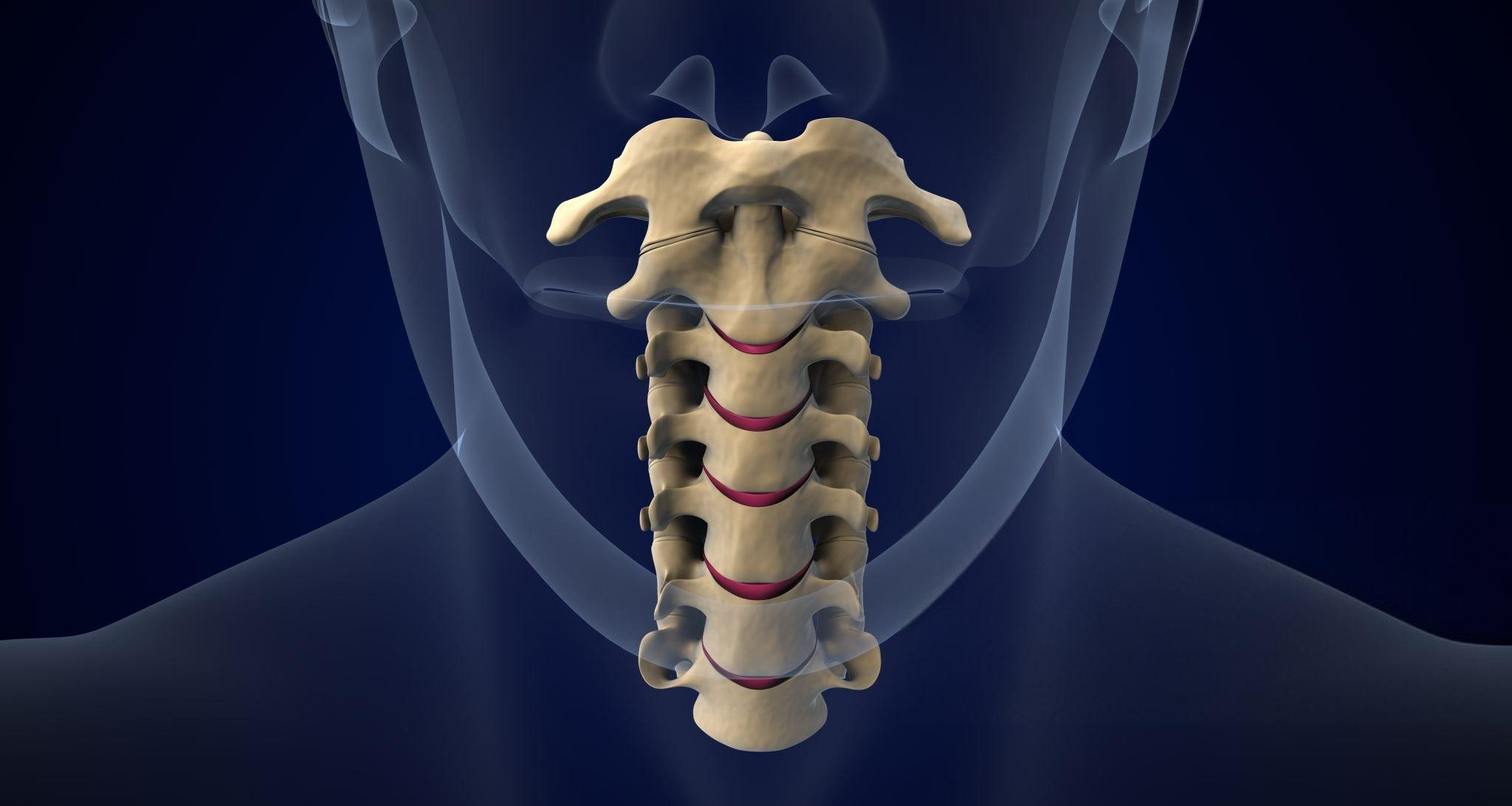Introduction
As technologic innovation continues to reshape the medical landscape, augmented reality (AR) and virtual reality (VR) assume greater and greater importance. In the field of cervical spine surgery, where precision is critical due to the eloquence of associated neural and vascular structures, AR and VR are emerging as transformative tools for pre-operative planning, intraoperative navigation, surgeon education, and personalized rehabilitation.

Understanding AR and VR in Spine Surgery
Augmented Reality (AR): refers to overlying images or data onto the surgeon’s real- world view. In simple term,. AR is the interactive experience of a real-world environment where the objects in the real world are enhanced by computer-generated perceptual information. In cervical splne surgery, this most commonly means projecting vital anatomic structures, instrumentation plans, or navigation cues directly onto the surgical field through a headset or screen . In the realm of spine surgery, AR systems are most commonly composed of 3 components: system control software, a tracking system, and a display unit.
Virtual Reality (VR): creates a completely immersive digital environment. It refers to a simulated exposure that can be similar to or completely different than the real world — an interactive multi-sensory viewer-centered 3 dimensional computer-generated environment. VR is used primarily for simulation-based training, pre-operative rehearsal, and patient-specific surgical planning.
Applications of AR and VR in Cervical Spine Surgery
- Pre-operative Planning: VR platforms allow the surgeon to “walk through” patient-specific anatomy in 3D before proceeding with actual surgery. Complex anatomic relationships or deformities (e.g., congenital malformations, neoplasms, traumatic deformities) can be better visualized and understood. Surgical planning in VR can improve planning of bone resection, screw trajectories, and decompression strategies.
- Intra-operative Navigation: AR systems can project 3D spinal anatomy, real-time navigation data, and surgical instrument positioning directly onto the surgeon’s field of view in a “video game-like” presentation. This can accelerate screw placement in the cervical spine during posterior cervical fusion surgeries, reducing the reliance on fluoroscopy and minimizing radiation exposure. In addition, newer systems integrate AR with robotic guidance, potentially enhancing both precision and efficiency. (See related articles on this website).
- Education and Training: VR simulations provide surgeons-in-training with realistic cervical spine surgery simulations without patient risk. These programs can be applied to measure surgeon competence in standard surgical scenarios. Hands-on VR modules allow for repetition, objective skill assessment, and training in rare and complex cases. Additionally, AR tools during live surgeries can assist trainees visualize internal anatomy without the need for larger open exposures.
- Patient-Specific Rehabilitation: Post-operative VR-based physical therapy programs are being developed to aid in neck range of motion retraining and to enhance engagement during recovery.
- Enhanced anatomic visualization, especially in scarred tissues or those distorted by disease.
- Improved accuracy of instrumentation, such as placement of screws.
- Reduced radiation exposure compared to traditional use of intra-operative fluoroscopy.
- Potentially shorter operative times and lower revision rates.
- Augmented training opportunities for surgeons at all levels of expertise without patient risk.
- High cost of integrating AR/VR systems into existing hospital workflows. The cost- effectiveness of these relative expensive systems will require critical evaluation before they will be widely adopted.
- There is a significant leaning curve for both the surgeon and the operating room staff.
- Reliance on imaging: pre-operative CT and MRI data must be highly accurate to allow for effective AR overlay to maximize precision.
- Technical limitations include system calibration errors and visual lag time.
- While initial studies show promising results, there is limited long-term outcome data. Long-term controlled studies are still needed.
- Over-utilization without a clear understanding of the associated anatomy can produce physician dependence on AR technology.
- Integration with artificial intelligence for real-time decision support.
- Expanded minimally-invasive surgery applications with enhanced visualization.
- Cloud-based surgical rehearsal platforms, allowing remote mentoring and global collaboration.
- The development of more affordable, portable devices enabling widespread adoption beyond major academic centers.
Advantages of AR and VR in Cervical Surgery
Challenges and Limitations of AR and VR
Future Directions
Next steps in the adoption and development of AR and VR technology are likely to include:
Conclusions
AR and VR are positioned to significantly enhance the safety, precision, and outcomes of cervical spine surgery. Though challenges remain, particularly related to cost and workflow disruption, AR and VR offer exciting new dimensions to surgical navigation, education, and recovery. As technology continues to evolve, these tools will likely becomes standards of care within the armamentarium of the cervical spine surgeon to enhance patient outcomes.
If you or a loved one has been recommended for cervical spine surgery and has any questions, a second opinion is always a good idea. Call us today if we can be of assistance at 1-855-854-9274 — ask about our Free MRI Review!





